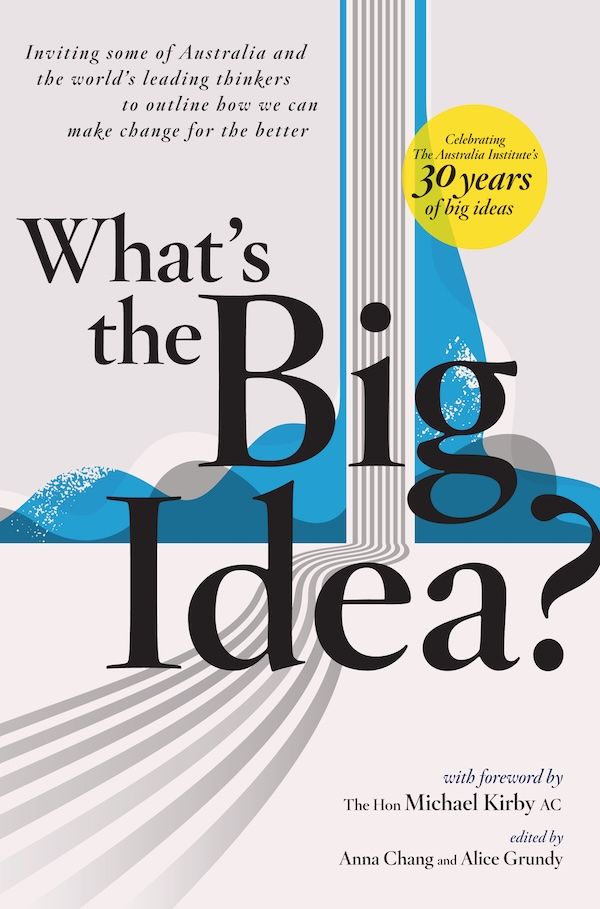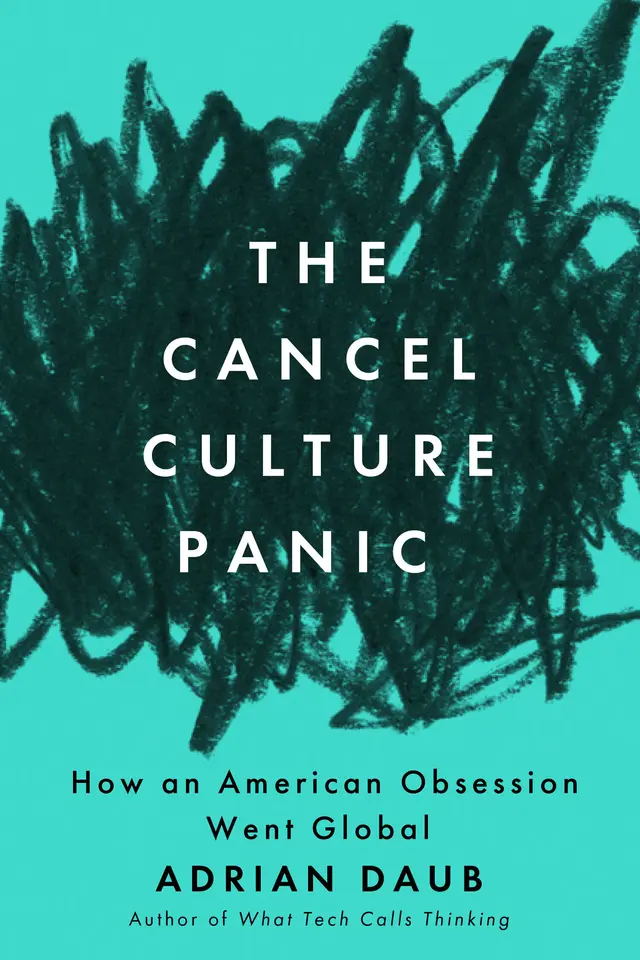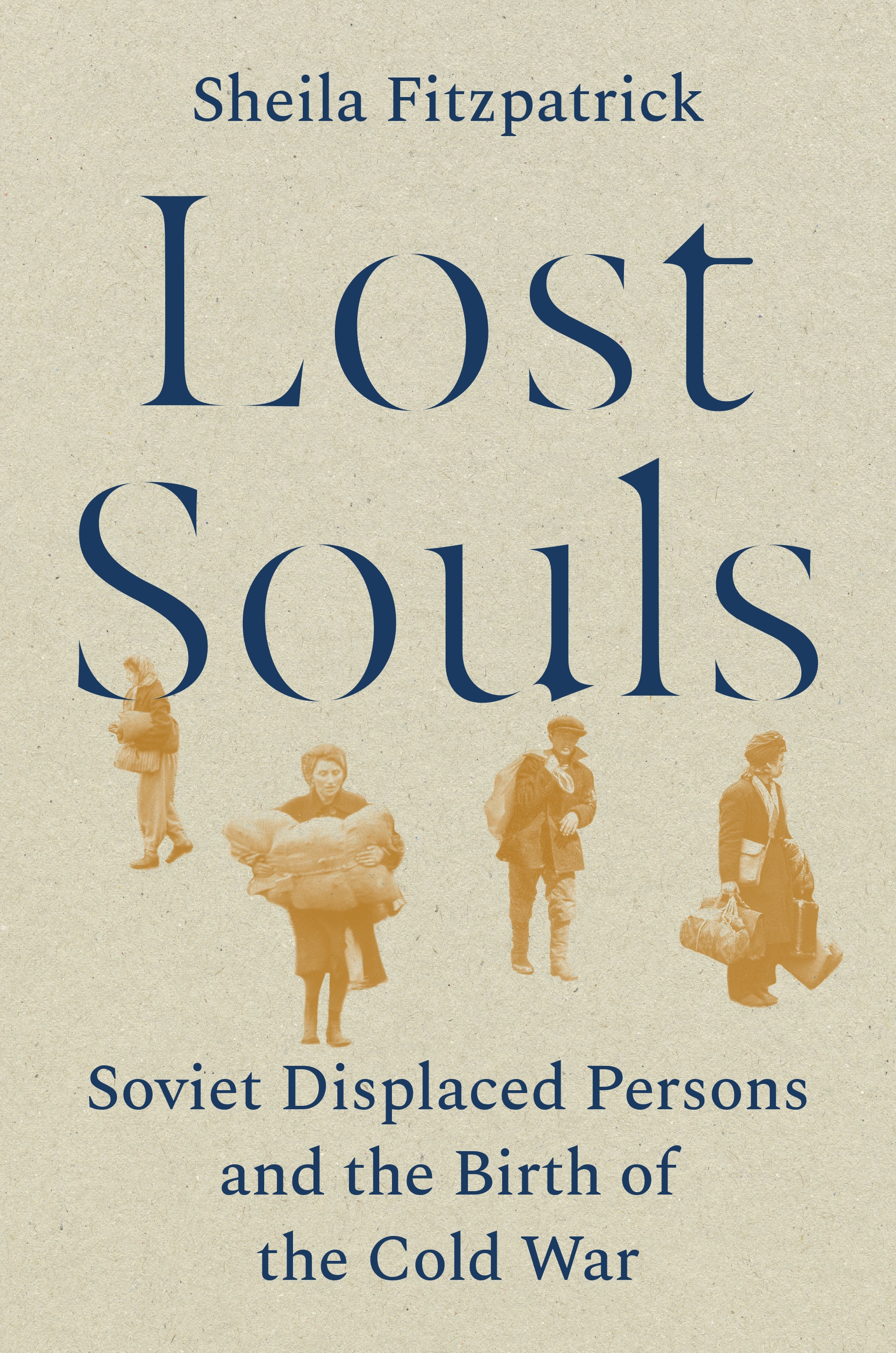Elephants with Headlights
Transit Lounge, $29.99 pb, 294 pp
Elephants with Headlights by Bem Le Hunte
Perhaps reflecting the long gestation period of Bem Le Hunte’s third novel, the term ‘Asian Century’ occurs early on in Elephants with Headlights. The sobriquet is certainly apt. Induction into this vaunted space does not befall a country haphazardly: its temporal aspect serves to remind us that the fate is written in centuries-old geopolitical legacies. Before there was an ‘Asia’ to eponymise in this fashion, a wealth of cultures simply went about their business. But the determinations of capital and colonisation were made long ago, and now we live with the press.
The century is a source of both anxiety and excitement for the middle-class Indian family at the centre of the novel. Mae, Byron Bay child of sun-and-surf Australia, has fallen in love with Neel during a trip to Goa. His parents, Siddharth and Tota, having all but given up hope of finding a suitable match for their daughter, the headstrong Savitri, are in no mood to welcome the newcomer. Determined to see the relationship undone, Tota sets in motion a chain of events that will test both cultural and familial bonds.
Le Hunte writes with undeniable tenderness and humour. Her facility for crafting tangible human relationships is one of the book’s joys. Several crucial turning points in the novel feel a little engineered, however. During one typically happy coincidence, Neel marvels at the serendipity of events; how ‘perfectly beyond comprehension’ are the circumstances in which he finds himself. It is a sentiment some readers may be inclined to agree with.
The novel also indulges in an uncomfortably wide spectrum of cross-cultural vampirism. At one point, Mae enlists a bazaar trader to help her stitch ‘Australian Indigenous designs’ on to pillows to sell back in Byron. Perhaps the manoeuvre is intended to punctuate Le Hunte’s thesis that the meeting of cultures contains liberating potential. More often than not, the only thing that feels liberated is a strong desire to ask – is this necessary?
Elephants with Headlights highlights the generative forces: of class, family, maternity, and, perhaps most powerful of all, change. It is about seeking a break from tradition even as tradition’s afterlives provide succour to those who inherit them.















Leave a comment
If you are an ABR subscriber, you will need to sign in to post a comment.
If you have forgotten your sign in details, or if you receive an error message when trying to submit your comment, please email your comment (and the name of the article to which it relates) to ABR Comments. We will review your comment and, subject to approval, we will post it under your name.
Please note that all comments must be approved by ABR and comply with our Terms & Conditions.